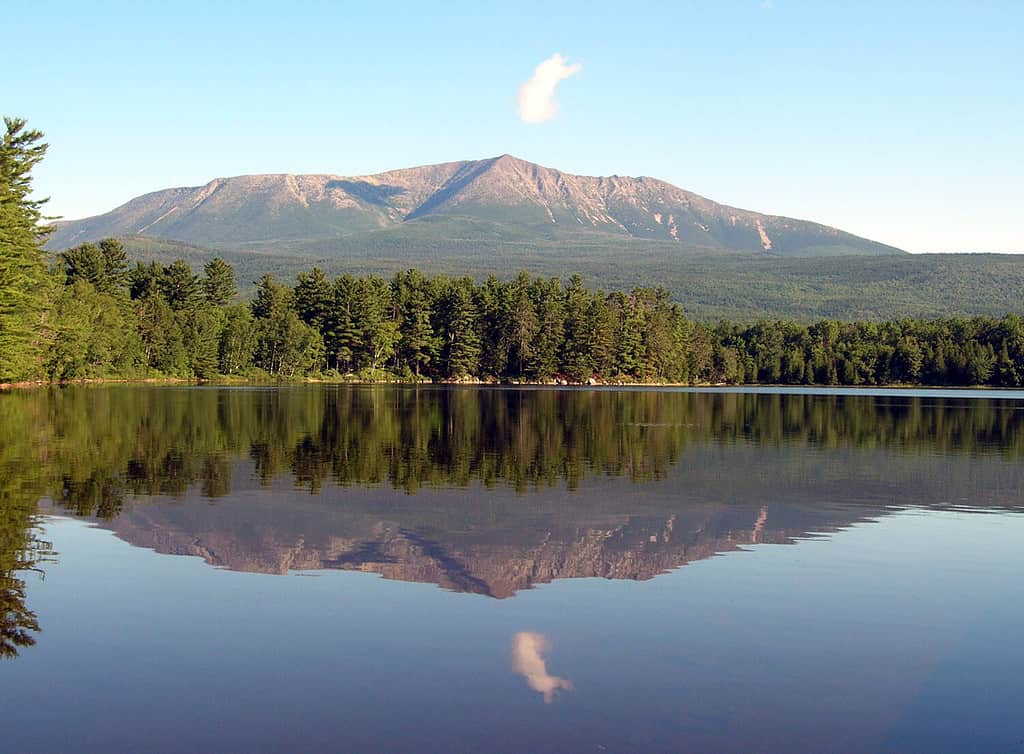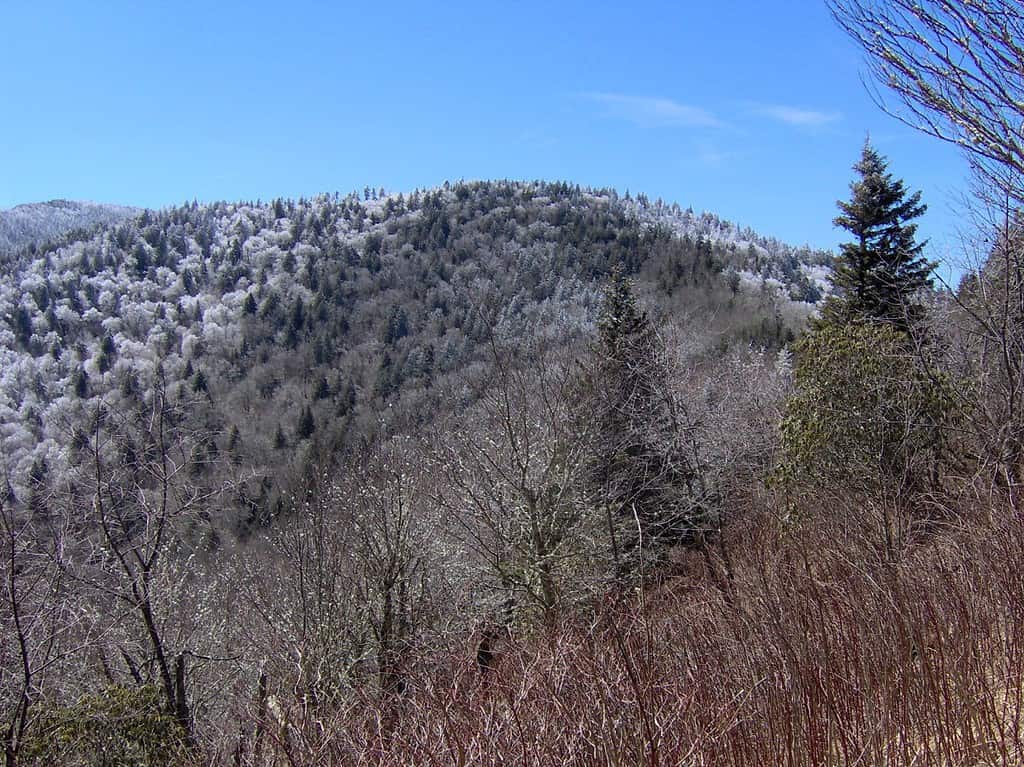As a kid, I loved the idea of someday making the 2,198-mile trek through the Appalachian Mountains. Bill Bryson’s A Walk in the Woods, detailing his journey on the Appalachian Trail, was nearly a permanent fixture on my nightstand. Now that I’m older, making the five to seven-month thru-hike seems much more of a fantastic dream than before. But there are plenty of thrill-seekers bold enough to make the trek each year through the mostly untamed wilderness of the Appalachian Mountains.
Curious about how to get started hiking a mountain range that spans 13 states (14 including the trail length)? Or maybe you’re just wondering where the Appalachian Mountains are on a map. Keep reading to learn where the trailhead started, which states the mountains are in, and much more about the oldest mountain range in America.
Where Are the Appalachian Mountains Located On a Map?
The Appalachian Mountains don’t have a single location on a map. The Appalachian Region includes the mountain range as well as its surrounding hills and dissected plateau. This region is part of 13 states including Alabama, Georgia, Kentucky, Maryland, Mississippi, New York, North Carolina, Ohio, Pennsylvania, South Carolina, Tennessee, Virginia, and West Virginia.
The Appalachian Trail runs through the previous 13 states as well as Maine. The trailhead is at Springer Mountain in Georgia, and the trail runs for approximately 2,200 miles until it ends at Mount Katahdin in Maine.

The Appalachian Trail ends at Mount Katahdin in Maine.
©Sandra S Newman/Shutterstock.com
What Are the Three Regions of the Appalachian Mountains?
There are three main parts of the Appalachian Mountains: the northern, central, and southern regions. The northern region of the Appalachian Mountains runs from Newfoundland to the Hudson River in New York. The central region runs from the Hudson Valley to West Virginia and includes the Catskill Mountains and the Poconos. The southern region runs from the Cumberland Plateau in West Virginia down through north Alabama.
The three regions include more than just the actual mountain range, they also include the hill country around it.
History of the Appalachian Mountains
The Appalachian Mountains are one of the oldest mountain ranges in the world. They are made of two types of rock that were created millions of years ago. Periods of sedimentation and volcanic eruptions created crystalline rocks and changed them to metamorphic rocks. Some of these rocks include marble, slate, and quartzite, as well as granite. After these rocks were created, they were affected by plate motions known as the Taconic Orogeny. This event created a new subduction zone and the early Appalachian Mountain range.
Along the continental margin of the range, volcanoes formed, and streams carried rock debris to lower areas. This event was just one of the collisions that helped form the Appalachian Mountains. Around 65 million years ago, the mountains had been eroded and were turned into a flat plain. Then, the movement of plates during the Cenozoic Era caused the land to be uplifted again. This started the streams moving again, cutting through canyons and causing erosion through the previously resistant rocks. After this, the mountains looked more like they do now.

The mountains formed over the course of millions of years through erosion and plate changes.
Flora and Fauna
The Appalachian Mountains have a vast amount of animals and plants because they run through so many states. The most common flora in the area are deciduous trees and evergreens, like the American holly, red spruce, and tamarack. The black spruce also grows on the mountain range. It expands further south than any other conifer in North America.
The mountain range has two species of fir intruding the balsam and Fraser firs. Fraser fir trees grow at 6,000 feet and above, while balsam fir is found between sea level and 3,900 feet of elevation. The Appalachians are also home to several pine and hemlock species, including white pine, Virginia pine, eastern Hemlock, and Carolina hemlock.
The mountains are also home to a vast number of animal species. There are five different species of tree squirrels, the most common being the eastern gray squirrel. The fox squirrel, flying squirrel, red squirrel, and northern flying squirrel species also live in the area.
White-tailed deer are plentiful in the region, and the species has grown in number since the extirpation of the eastern wolf and North American cougar. While fewer wolves and cougars may make hikers feel safer, the loss of these two species has led to overgrazing of the forests and other issues.
Moose and elk can be found in the northern portion of the trail, and black bears, raccoons, opossums, and bobcats can be found throughout the entire region.
The photo featured at the top of this post is © Film Adventure/Shutterstock.com
Thank you for reading! Have some feedback for us? Contact the AZ Animals editorial team.







